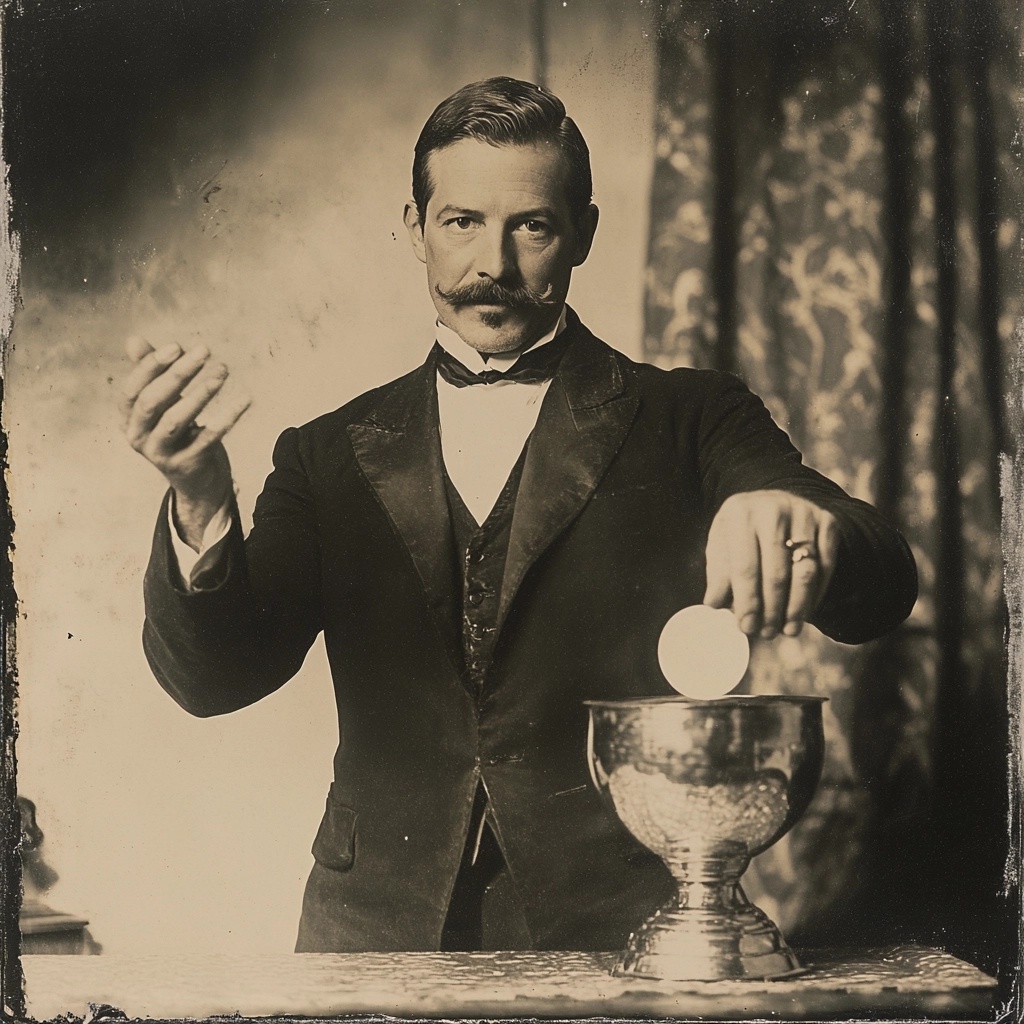THE GOAT (5)
By:
January 27, 2025

“The Goat: Cardiff, A.D. 1935” was first published in Naomi Mitchison’s 1929 collection Barbarian Stories. Compare with “The Lottery” (The New Yorker, 1948), for which Shirley Jackson would become famous. HiLoBooks is pleased to serialize the story for HILOBROW’s readers.
ALL INSTALLMENTS: 1 | 2 | 3 | 4 | 5 | 6 | 7 | 8.
The dinner seemed to take a very long time, and inevitably one got rather strung up towards the end. At least, a good many in that gallery were; I don’t think I was much. Probably I would have been twelve years ago, even, but now I have a curious feeling of security — a security based on pain overcome, bad things seen and accepted as being themselves, and also partly on hate, not the lively forward-looking hate of youth, but the much more firmly-seated thing one gets in middle age. But then I’m English. Tom had been queerly excited at first, but after a time he calmed down and began to think, and talk to me in a whisper, about justice, which is a thing that, contrary to most people’s ideas, is quite often thought about by quite a lot of lawyers. It seemed to us as likely that this was justice as that anything at the Assizes had been. We wondered, for the thousandth time, whether it was even worth considering the possibility of a world where justice would not be needed, as Aristotle says it is not needed among friends. As one grows older, it seems less and less likely that there will ever be a world of friends, any more than there will ever be a world of Aristotles.
The numbers were put into a very beautiful silver jar with a narrow neck and stirred about. The Mayor of Cardiff took the jar. He seemed to everyone to hesitate for rather a long time. Then he dipped quickly, took out the number, and read it in a loud voice. At first I only saw the relief everywhere, a general sense of movement and loosening, most curiously and obviously the sudden reddening of white faces. Then I saw where it had happened, the neighbours hastily pouring out drinks, moving all round him, jerky and half struck themselves like people in a bombed London street after the Zeppelin had passed. It was not anyone we even knew by sight; for a minute we couldn’t find out — there were two or three names bumping about in the gallery before it finally settled down to one of the partners in a shipping firm with offices in Cardiff itself: middle-aged, married, it was thought a family: a house in the suburbs, we heard, with two greenhouses: he played golf on Saturdays. Someone said he was a Baptist, and someone else laughed rather destructively at the idea. As far as I could see — he was in no state to mind how much we all stared — he was quite an undistinguished man, rather large, with a brown fringe round his bald patch, and broad hands that one noticed rather, because he kept clutching at things.
Suddenly I found myself, in the way one does, arguing with the woman next me. I think I began by muttering: ‘Do stop saying, “It’s terrible!” What do you mean?’
She said: ‘He is alive now, and in two hours he will be dead.’
RADIUM AGE PROTO-SF: “Radium Age” is Josh Glenn’s name for the nascent sf genre’s c. 1900–1935 era, a period which saw the discovery of radioactivity, i.e., the revelation that matter itself is constantly in movement — a fitting metaphor for the first decades of the 20th century, during which old scientific, religious, political, and social certainties were shattered. More info here.
SERIALIZED BY HILOBOOKS: James Parker’s Cocky the Fox | Annalee Newitz’s “The Great Oxygen Race” | Matthew Battles’s “Imago” | & many more original and reissued novels and stories.
